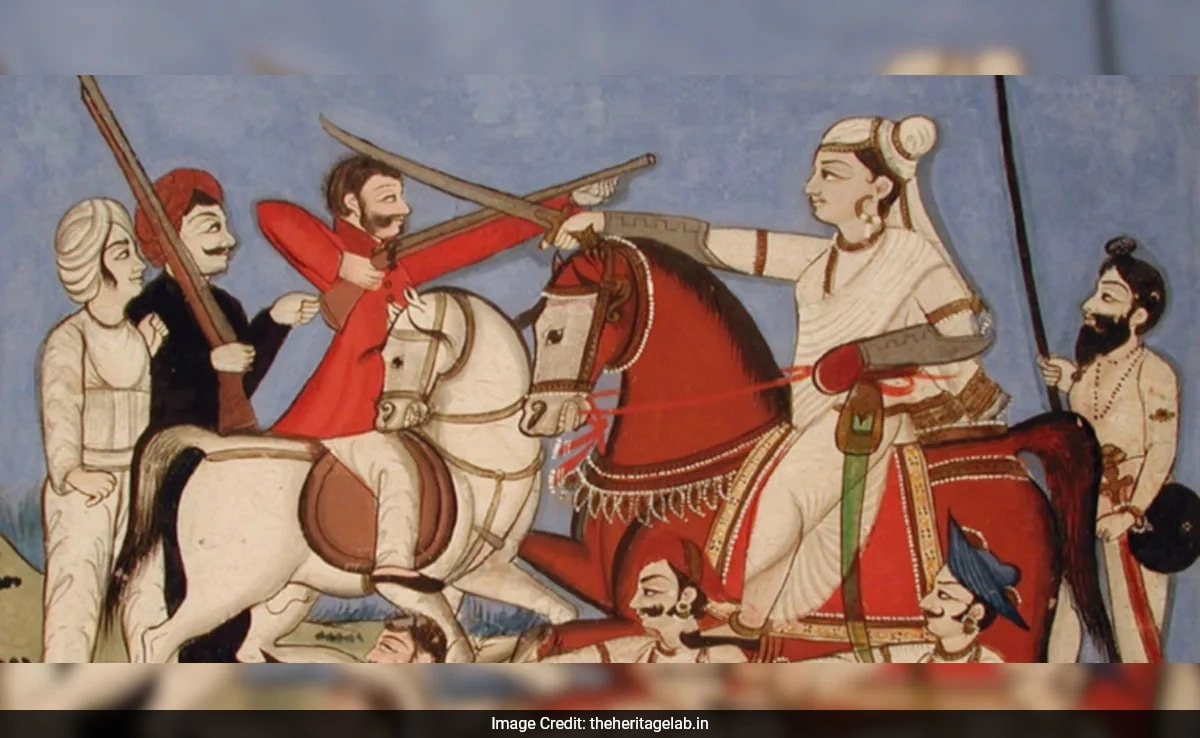The Revolt of 1857, also known as the Sepoy Mutiny or the First War of Indian Independence, marked a significant turning point in the history of India and its struggle against British colonial rule. This uprising, largely driven by Indian soldiers, or sepoys, in the British East India Company’s army, was fueled by a combination of discontent with British policies, social injustices, and economic exploitation. The immediate trigger for the revolt was the introduction of the new Enfield rifle, which required soldiers to bite off the ends of greased cartridges believed to be coated with cow and pig fat—offensive to both Hindu and Muslim soldiers. This incident, coupled with widespread resentment over land revenue policies, taxation, and the annexation of Indian territories, ignited a fierce resistance against British authority.
As the revolt spread across North India, it was characterized by brutal clashes and a series of battles between the sepoys and British forces. Key centers of rebellion included Delhi, Kanpur, and Lucknow, where local leaders emerged to rally the populace against the British. Figures like Rani Lakshmibai of Jhansi and Bahadur Shah II, the last Mughal emperor, became symbols of resistance. Despite the initial successes of the sepoys, the revolt faced significant challenges due to the lack of a unified command and differing regional interests. The British, initially taken by surprise, quickly regrouped and brought in reinforcements, utilizing their advanced military strategies and technology to quell the uprising.
The consequences of the Revolt of 1857 were profound and far-reaching. While the immediate rebellion was suppressed by the end of 1858, it marked a pivotal moment in Indian history, leading to significant changes in British policy. The British Crown took direct control of India from the East India Company, initiating a period of direct colonial rule known as the British Raj. This shift brought about a transformation in governance, with policies aimed at integrating and administering the vast subcontinent more effectively. However, it also intensified racial and cultural tensions, as the British sought to consolidate their power and suppress any future dissent.
In the broader context of India’s struggle for independence, the Revolt of 1857 is often seen as a precursor to the larger movements that would follow in the 20th century. It ignited a sense of national identity among Indians and laid the groundwork for future uprisings against colonial rule. The legacy of the revolt is complex, as it highlighted the diverse motivations and aspirations of various groups within Indian society. Ultimately, the Revolt of 1857 is remembered not just as a military conflict, but as a significant chapter in the narrative of India’s fight for freedom, inspiring generations to come.




